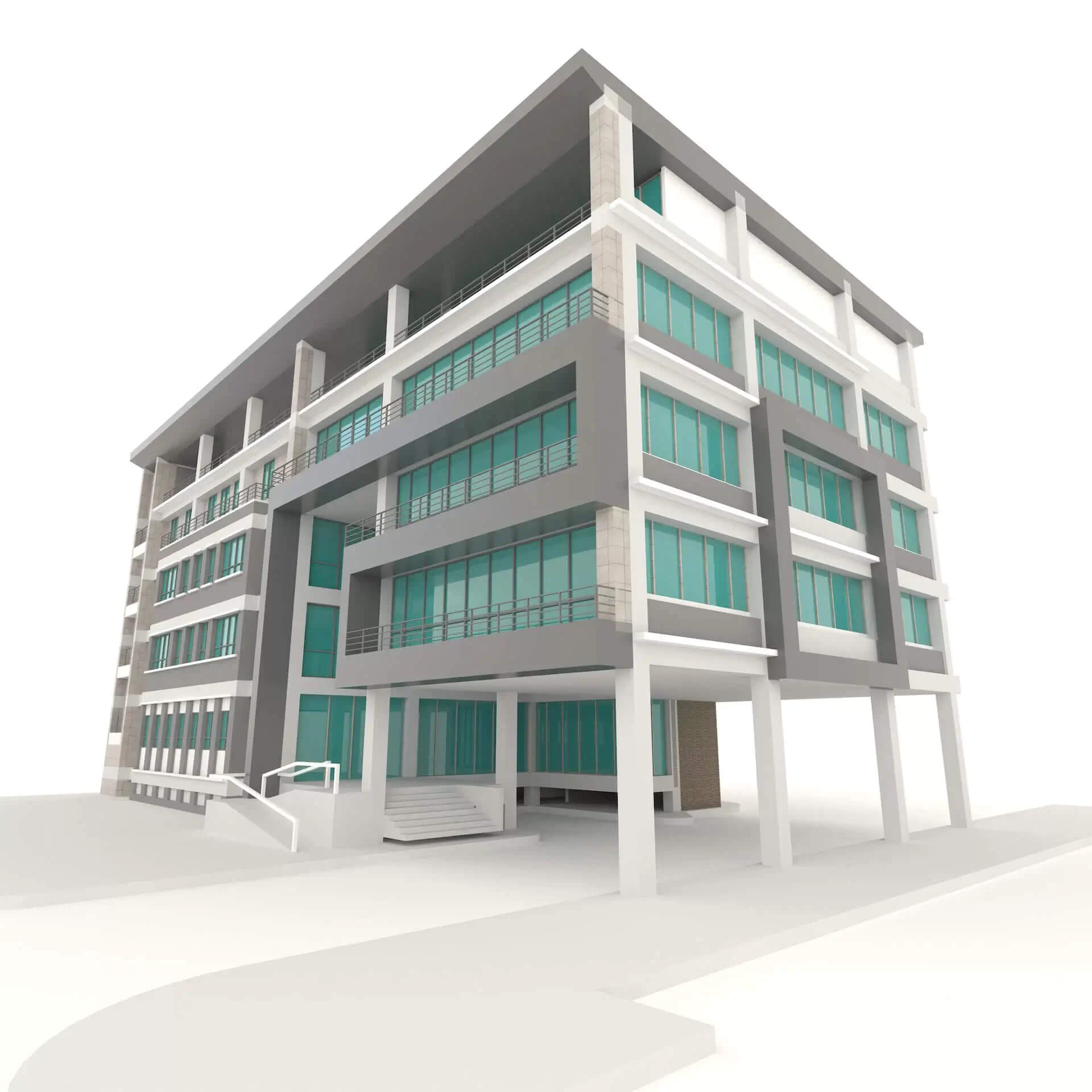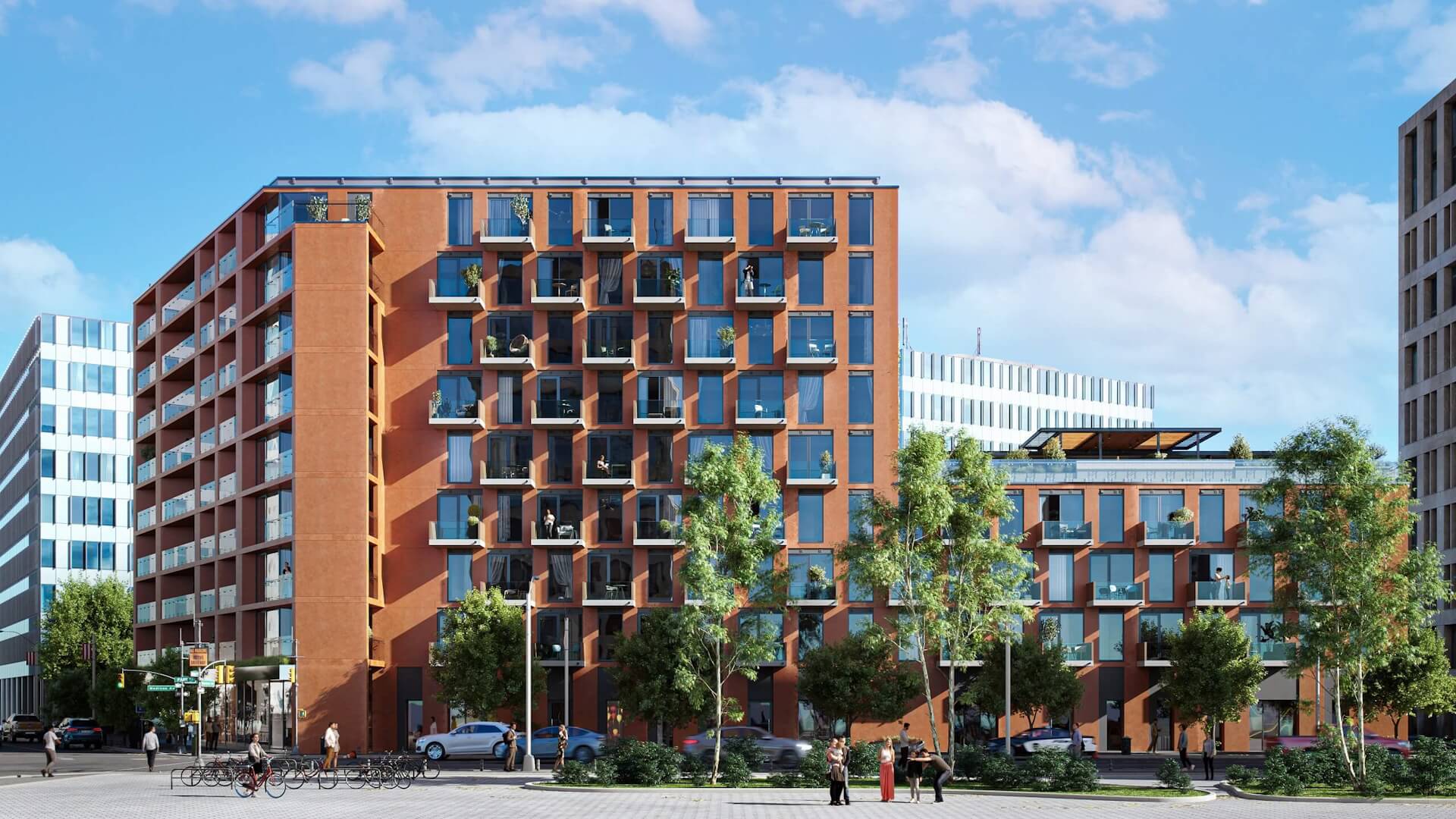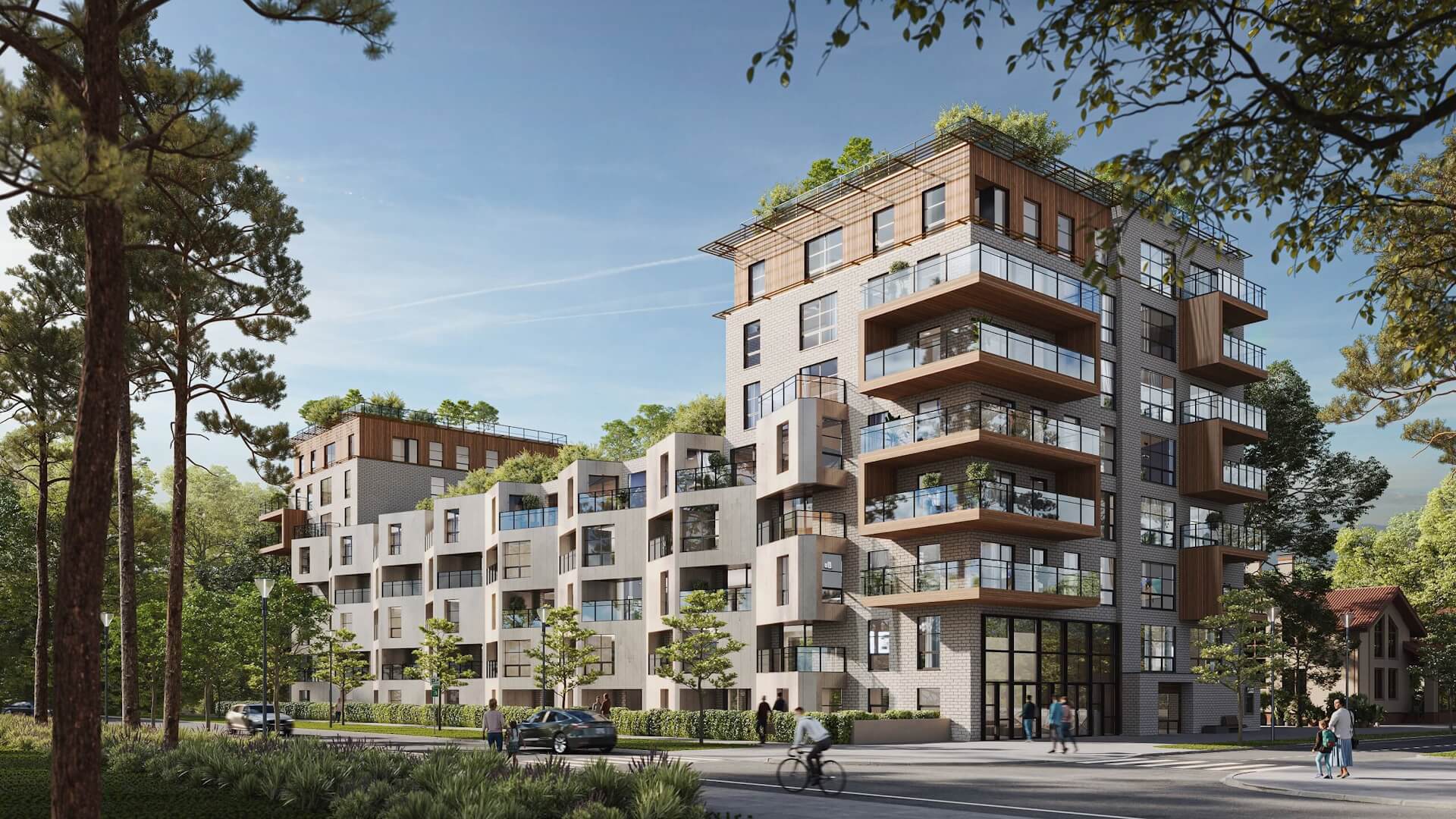Computer-generated imagery (CGI) has proven its effectiveness in many fields, including AEC. Due to the transformative impact of 3D rendering on architecture, it has now become the industry standard. How so? The thing is, 3D visuals can сonvey the final look of buildings way before the construction begins, streamlining decision-making processes, project approvals, and marketing campaigns. That is why architects, interior designers, and realtors use this tool for their projects and listings.
Undoubtedly, this cutting-edge technology revolutionized the way industry professionals showcase projects. But is the impact of 3D visualization entirely positive or are there some drawbacks? In this article, our 3D rendering studio will tell you all about this advancement and its effects on architecture. Let’s dive in!
#1. The Evolution of 3D Rendering in Architecture

Well before the digital age, architects used hand-drawn sketches and paper drawings made on drafting tables to illustrate their ideas. The first shift happened with the emergence of computer-aided design (CAD) software, like AutoCAD. Such programs became widely available for architects in the 1980s. This toolset gave them the ability to create precise digital representations of the architecture in 2D format.
Then, in the 2000s, programs like SketchUp and Revit came about. They were and are used to this day to produce 3D models of architectural concepts. Alongside them, the tools for photorealistic visualization were developing as well. For instance, Autodesk 3ds Max allowed architects to bring 3D models to life by applying realistic lighting, textures, and materials to them.
Advancements in technology go hand-in-hand with the pursuit of realism. Nowadays, state-of-the-art hardware and software can provide realistic 3D visuals that are practically indistinguishable from real photos.
#2. Benefits of 3D Rendering for Architects

So, why do more and more professionals turn to CGI? The most important advantages of 3D rendering for architects are realism, level of detail, and easy customization.
With the help of architectural drawings, a 3D artist can recreate a building from a 2D schematic into a fleshed-out 3D model. Then, by applying textures and lighting, they create stunning visuals that represent the concept in photorealistic quality. Furthermore, all the design elements in the 3D visualization can be easily adjusted. So, one can experiment with various options and see how they would impact the look of the final building. This, in turn, can result in significant cost and time savings. Identifying and addressing issues digitally and early in the design process is much more cost-effective and time-efficient than redoing works on the construction site.
#3. Advantages for Clients

Not only architects can witness the impact of 3D rendering on architecture first-hand. The value it brings to their clients is also difficult to underestimate. CGI allows them to get a much deeper understanding of a proposed design. Unlike drawings and blueprints, which are difficult to comprehend for people without architectural background, 3D rendering offers easy-to-understand visual materials. So, a person can examine all the nuances in detail and provide effective feedback. Such increased transparency leads to homeowners making informed decisions. As a result, they are more confident and satisfied with the outcome. All these aspects positively impact the collaboration between architecture professionals and their clients.
#4. Potential Drawbacks and How to Address Them

While the overall impact of 3D rendering on architecture is positive, there may be some downsides. They mostly take place if the tool is used incorrectly or if people are misinformed about it.
For example, renders usually present designs in the best possible lighting and weather to create an attractive picture. However, in reality, the conditions cannot always be perfect. So, to avoid disappointment, one should not expect the real building and its surroundings to always look as nice as in the render. Or, sometimes, one may think that 3D rendering is 100% equal to the final project result. But this is not always the case. If a project is in the concept stage, the main point of 3D renders would be to showcase the idea, not the precise outcome. However, if a project is fully formed and an architect has a detailed brief, it’s possible to create a realistic 3D visualization that would fully convey the future look of the building. All these points have to be explicitly explained to architects’ clients.
On the 3D artist’s side, it is necessary to maintain a healthy balance between aesthetics and realism. The renderings should not look too polished and pristine. To avoid setting unrealistic expectations, they should be true to life. For this, a CG professional can add small imperfections like creases, folds, and cracks on surfaces, dust and leaves on the pavement, and so on. Thus the 3D rendering will be realistic and lifelike.
#5. The Future of 3D Rendering in Architecture
Computer technologies don’t stay in one place. And 3D rendering is no exception. Cutting-edge advancements, such as AI-enhanced renders, interactive immersive tours, and other innovative solutions significantly impact 3D rendering in architecture. Here’s how they change the game.
Virtual reality, for instance, offers immersive digital walkthroughs of architectural projects. With the help of a specialized headset, a viewer can explore a virtual version of a future building as if they are physically present there.
AI tools can optimize the process of creating 3D rendering by quickly producing visual references and raw concepts. This will streamline tedious tasks and enhance the quality of the results.
Or take, for example, immersive 3D tours, like the one above. They allow users to explore properties through interactive walkthroughs, customizing design and environment in real-time. The key aspect is that these tours take advantage of cloud-based rendering. Such a walkthrough is rendered on a remote server and streamed to the viewer’s device. This way, anyone with a device connected to the internet can use this innovative technology without any additional hardware.
Showcase your architectural project like a true work of art, brought to life with cutting-edge AI-powered CGI technology.
All in all, the positive impact of 3D rendering on architecture is undeniable and outweighs the potential negatives. CGI can be a very flexible and useful tool in the hands of experienced 3D artists. With their expertise, they can provide you with mesmerizing photorealistic visuals of architecture without compromising on informativeness and aesthetic appeal. So, don’t hesitate to opt for CGI for your presentations and marketing materials!
Need photorealistic 3D visuals to demonstrate your architectural masterpiece to your client? Use our 3D rendering services to get breathtaking images showcasing your concept in its full glory!

Ian Diev
Content Writer, Editor at ArchiCGI
Ian loves writing about innovative 3D technologies and their impact on architecture and design. In his spare time, he makes indie music, watches obscure movies, and cooks culinary masterpieces for friends.



